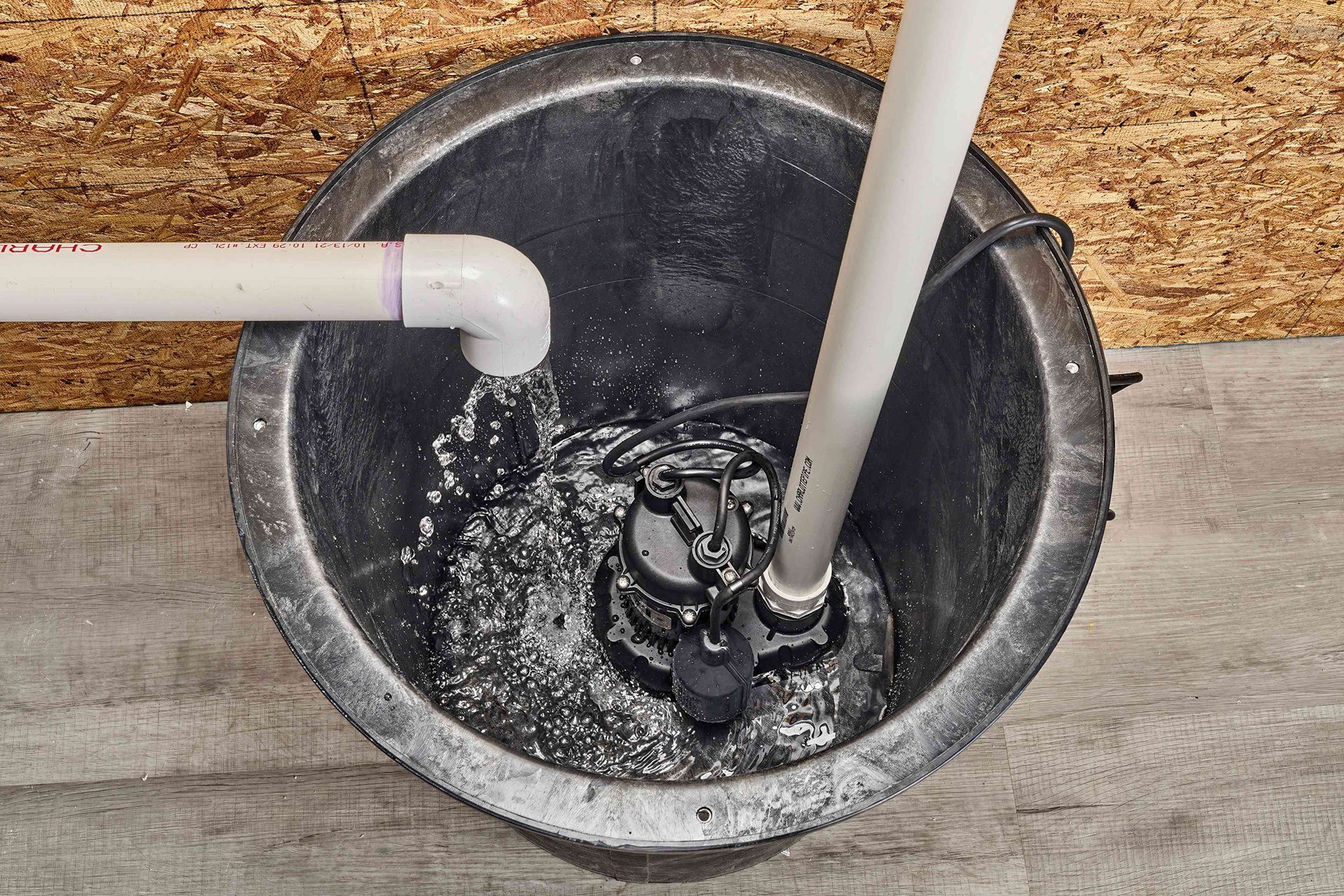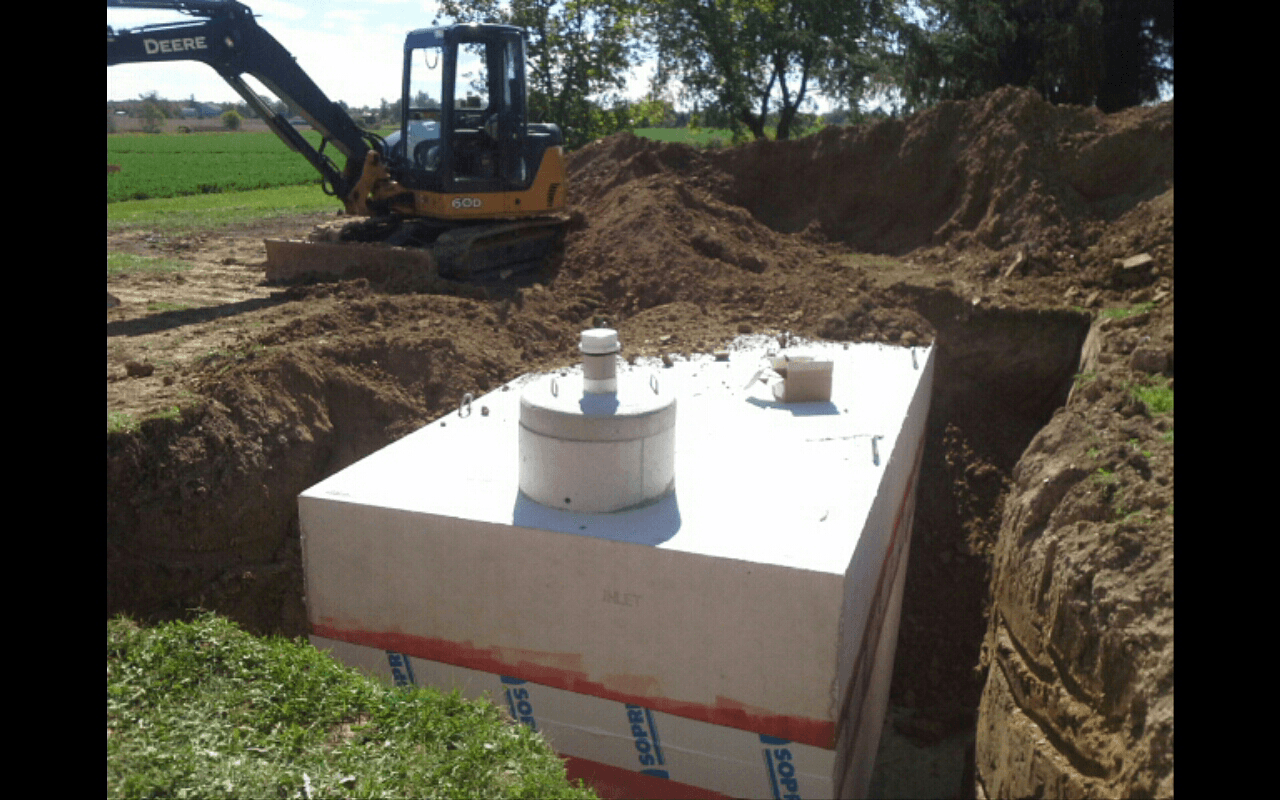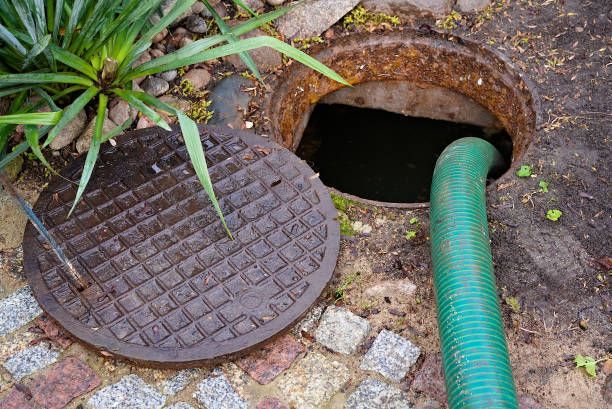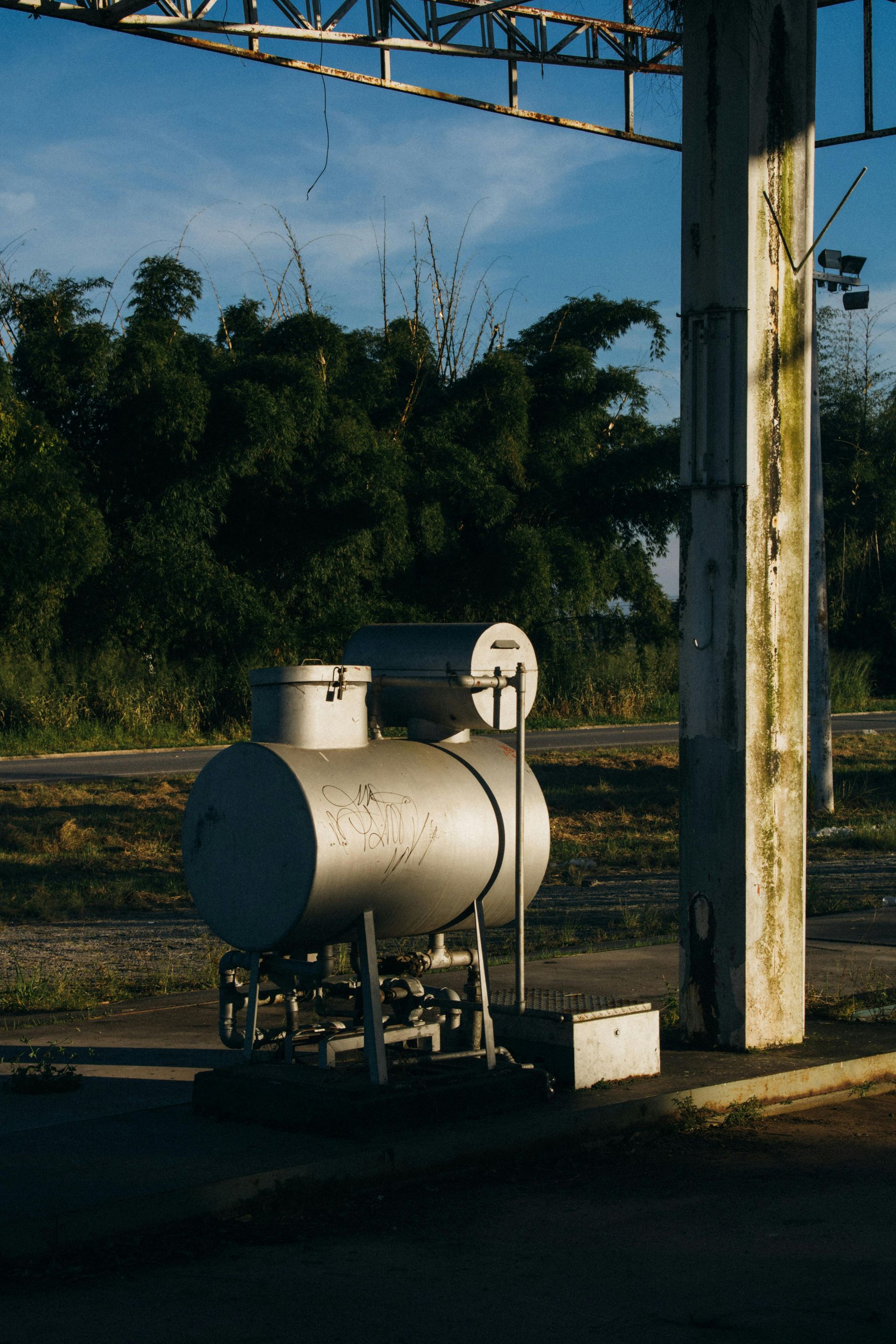Septic System Water Conservation Tips
Erin M • February 10, 2021
Septic System Water Conservation Tips!
The best way to ensure a long, happy life for your septic system is to regularly maintain and properly care for it. Many discussions about proper septic maintenance revolve around service visits that ensure all the system’s components are in full working order and regular pumping's that ensure the system is not overwhelmed by solids in the tank. Many discussions are appropriately focused on the solids that should – and shouldn’t – be flushed into the system. However, one of the least discussed, but equally important, aspects of proper septic care and maintenance is practicing water conservation. Most people do not give a lot of thought to their day-to-day water usage. These tips will help make you more mindful about your household’s water usage and offer some easy methods of conserving water throughout your day.
SEPTIC CARE: WHY WATER CONSERVATION IS IMPORTANT
When you consider that every drop of water that gets flushed into the system is water that must also be treated by that system, it is easy to understand the importance of conserving as much water as possible. The septic owner’s goal should be to flush as little water as possible into the system and to flush it gradually, rather than all at once. Overwhelming the system can interfere with its ability to adequately treat wastewater. It can also lead to potential contamination of groundwater, nearby lakes and streams, and even your home’s drinking water. The best way to limit the amount of water entering your system is to practice water conservation throughout your home.
AVOIDING MINDLESS WATER USAGE
This seems like a rather obvious method for practicing water conservation, but many of us do not pay attention to how often we flush clean (or relatively clean) water down the drain. Perhaps the most often cited source of mindless water usage is leaving the water running while performing daily grooming tasks, like shaving or brushing teeth. For many people, it is simply a habit to turn the water on at the beginning of the process and turn it off at the end. On average, two gallons of water flow from the faucet every minute!
Plumbing leaks are another source of unintentional water usage that can cost the average household up to 10,000 gallons a year. A leaky faucet that drips once per second can use as much as 3,000 gallons of water a year. Leaks can occur anywhere in the plumbing throughout your home, including faucets, toilets, showers, and everywhere in between. Serious and often overlooked leaks are those occurring outdoors, as from an infrequently used spicket. Keep a keen eye out for plumbing leaks and repair them as soon as they are discovered.
When every flush uses 1.6 gallons of water (3.5 in older models), toilets are another major source of mindless water usage. In fact, toilets account for almost 30% of a home’s indoor water usage. If the average person flushes the toilet five times a day, with four people living in your home, flushing alone sends 32 gallons of water into your septic tank every day. Take the old adage to heart. “If it’s yellow, let it mellow; if it’s brown, flush it down.” Doing so can cut this water usage in half, if not more.
Managing Necessary Water Usage
Doing the dishes and laundry are two of the most water-heavy household chores that most septic owners deal with on a daily basis. While limiting the amount of water your washing machine or dishwasher uses isn’t all that easy, there are ways to do these chores without overwhelming your septic system with a deluge of greywater. For starters, only run the washing machine or dishwasher when you have full loads. The average washing machine uses as much as 40 gallons of water per load, and the average dishwasher uses between 3 and 5 gallons of water per load. Waiting to run these machines until you have a full load will conserve substantial amounts of water. And unless your clothing or dishes are really dirty, skip the extra rinse cycle and conserve 6 gallons (when doing laundry) and 2.5 gallons (when washing dishes). Avoid using the garbage disposal as much as you can. Not only do garbage disposals cause a myriad of problems for septic systems, but they also require a lot of water in order to properly clear the disposal.
Avoid overwhelming your septic system by staggering water-heavy chores and activities. Don’t run the dishwasher and washing machine while taking a shower at the same time. This could easily overload the system and lead to drainfield flooding. In fact, we always encourage septic owners to stagger loads of laundry throughout the week, alternating as needed with dishwasher cycles.
INSTALL WATER-SAVING DEVICES
One of the easiest (and relatively cheap) methods for drastically limiting your household’s water usage is installing low-flow faucet aerators and showerheads. While the standard flow of water through a faucet is 2.2 gallons per minute, low-flow aerators can reduce this to 1.5 gallons per minute. That’s a 32% reduction in water usage that requires no other action from the people using the faucet. Similarly, water-saving showerheads reduce usage from 2.5 gallons per minute down to 2. Low-flow toilets have been the standard since 1994, offering water conservation that limits a flush to 1.6 gallons. However, newer models use even less. Consider upgrading your toilets to the more water-efficient models.
By implementing these water-saving practices and maintaining a regular service schedule, you will be able to significantly extend the life of your septic system. Be sure to keep up with your regular maintenance schedule, even as you find ways to conserve water throughout your home.

As the seasons change and colder weather approaches, homeowners begin preparing their properties for winter. You might check the furnace, insulate pipes, and seal drafty windows. However, one often overlooked component is the sump pump. This crucial device protects your basement from flooding, but it can fail if not properly prepared for freezing temperatures. A frozen sump pump can lead to significant water damage and expensive repairs. Taking a few preventative steps now can save you from a major headache later. This guide will walk you through the essential measures to winterize your sump pump, ensuring it remains operational when you need it most. We will cover inspection, hose management, insulation, and testing to keep your home safe and dry all winter long.

As the days get shorter and a chill settles in the air, homeowners across the region begin the familiar ritual of winterizing their properties. You insulate pipes, check the furnace, and seal drafty windows. But there's one critical part of your home that often gets overlooked until it's too late: your septic system. A frozen or failing septic system in the middle of winter can be a messy, expensive, and stressful ordeal. Taking a few preventative steps now can save you from a major headache later.

Your septic system is one of the most important components of your home, yet it's often the most neglected. Since it works silently underground, it’s easy to adopt an "out of sight, out of mind" mentality. However, ignoring your septic tank can lead to disastrous and costly consequences, including foul odors, sewage backups, and complete system failure. Understanding and practicing regular maintenance is key to a healthy, long-lasting septic system. So, how often should you have your septic tank cleaned out? The answer isn't a simple one-size-fits-all. Several factors influence the ideal pumping schedule for your household. This guide will walk you through what you need to know to protect your property and your wallet, with expert insights from professionals like Dan Parr Septic Systems and Pumping.

Water is one of our most valuable resources, yet it’s often taken for granted. With growing concerns around water scarcity and rising utility bills, homeowners are seeking practical solutions to manage water efficiently. One such solution is installing a cistern. But what exactly is a cistern, and why should you consider adding one to your home?

Septic system problems can be messy, inconvenient, and costly to fix. The good news? With some proactive care and maintenance, you can keep your system running smoothly for years. Whether you're new to septic systems or just looking for guidance, here are six practical tips to help you avoid common septic troubles.

If you’re a homeowner with a septic system, understanding how to maintain it is crucial. A full septic tank can lead to costly repairs, unpleasant odors, and potential health risks. The good news? Recognizing the signs of a full tank and taking action can save you from unnecessary headaches. Here’s everything you need to know about identifying a full septic tank and what steps to take.

Winter is tough on all of us—including your septic tank system. With spring finally here, it’s the perfect time for homeowners, property managers, and landlords to ensure their septic tanks are ready for the months ahead. A little maintenance now can save you from costly repairs or messy surprises later. Here’s everything you need to know about getting your septic system back in top shape after winter.

When winter rolls around and the snow blankets your surroundings, septic tank cleaning may not be top of mind. But ensuring your septic system stays functional is critical, especially during the freezing months when issues can become more challenging (and expensive) to fix. At Dan Parr Waterproofing & Excavating, we understand the unique needs of homeowners in Hamilton, Haldimand, and Flamborough, and we're here to help you tackle septic maintenance year-round. Whether you’re a homeowner looking to protect your property or an environmentalist concerned about sustainable wastewater management, this guide walks you through septic tank cleaning in the winter.


